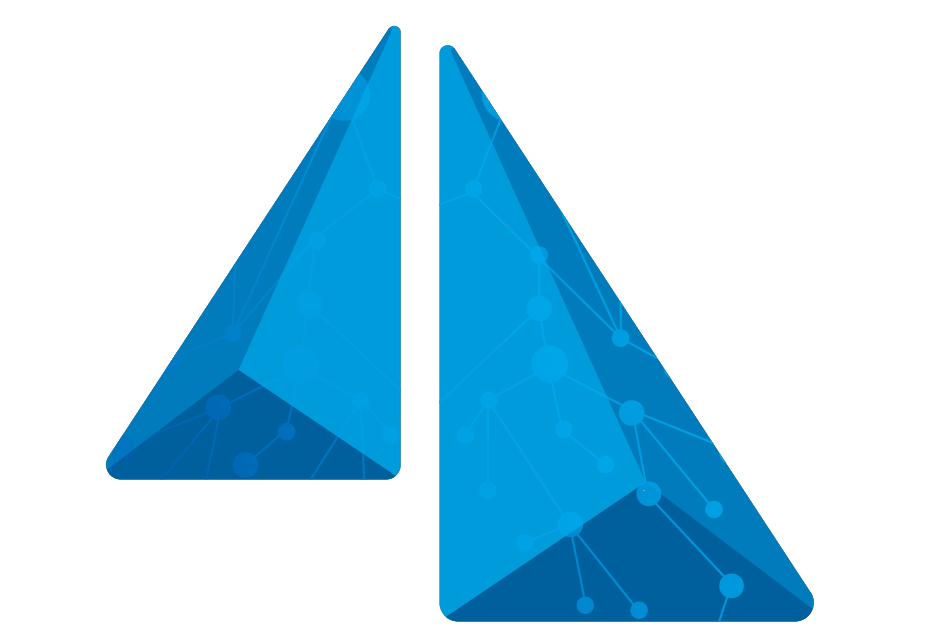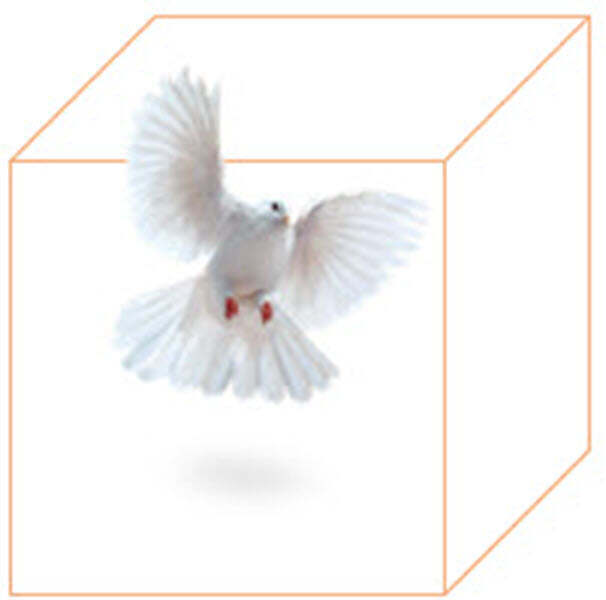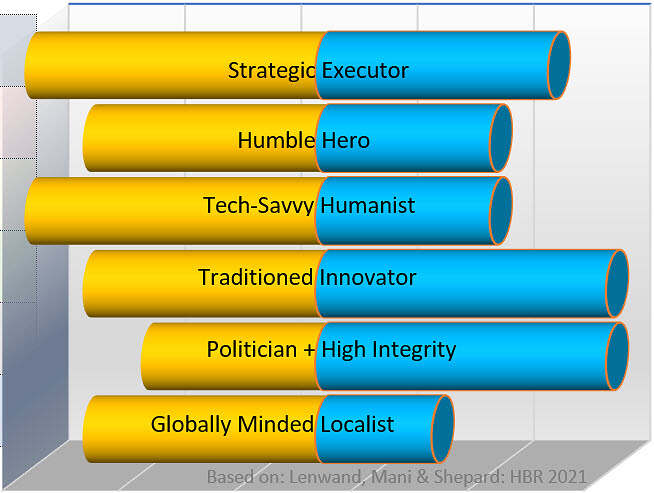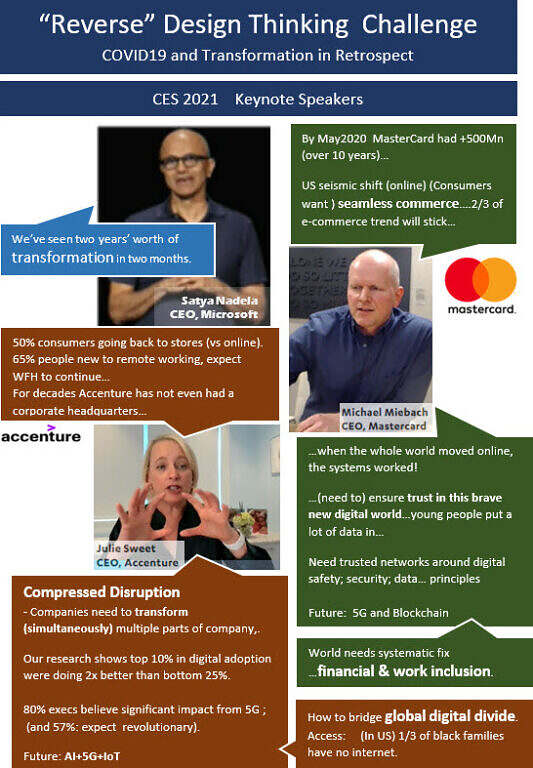Digitization is Culture (Part 1 of 8)
- Process, however digitized, still is about people getting things done for people
- Transformation is Design-Thinking at a Whole-Company scale.
- Reverse-engineering is inward-facing. Design Thinking is outward seeing.
- We learn from Experts. But to understand, we listen to those who are Not.
Originally published in LinkedIn 2019AUG03
Part 1 of 8: Transformation Flows, Flaws, and Fails
“I’m confused,” Rex says, a fork with its impaled filet sweeping around the table, “Actually, you techno guys are confusing.”
As travels intersect, our group meets for fine food and that merciless jousting reserved only for closest of friends. Their diverse perspectives, I’ll be serving up in these blogs.
Tonight, it’s Chicago, and Rex is hosting.
Rex’s steel fabrication operations are global, and privately held. His folksy drawl won’t hint of his engineering and music degrees; his growing up in a Frank Lloyd Wright house; nor his many scholarships for inner-city kids.
“I have info and comms folks all over like ants,” says Rex, “ ’digitalizing’ and ‘digitizing’ frontend and backend and to no end!
“ They’re now upselling the process ‘transformation’ to some organization-wide culture kumbaya. Even my wife doesn’t accessorize that bad!” Rex pauses to throw a cold stare at Bledge who’s suppressing a laugh.
“Rex,” I interrupt, “Did you make it to the Design Thinking workshop when you were in Palo Alto?”
Bledge says, “That’s why he wasn’t at Davos for Jana’s dinner. But three days of Design Thinking couldn’t pull Rex’s brain of steel, stuck so deep into the Industrial Age. Design Thinking, to quote Rex, is just reverse-engineering in ‘kumbaya-speak’.”
Bledge, a futurist and a public policy consultant, has degrees in symbolic systems and medieval history. “Bledge”, was christened by Rex, short for “Bleeding Edge v9.9” in retaliation for Bledge tagging him “Rex” aka “Titano Rex minus 0.01”.
Rex shrugs, “So I take a product apart to see its What’s and their How’s. You hippies look into the user’s eyes for the inner Why – and no quantitative market research.”
“Bear with me,” I raise my palms, “Take telecom- with undifferentiated products and mature markets, we can’t last as unwieldy, tone-deaf giants. We’re essentially our infrastructure – physical. Big capex. Ironically, central to a virtual world expecting bigger, faster, and toll-free highways.
“And,” Bledge interposes with a sideways look at Rex, “led by Utilities engineers and finance from the Industrial Age- you know, that period before the Pleistocene?”
“With APIs and virtualized layers,’ I continue, “we’re digitizing our architecture: giving it new life, and how we can imagine things. Once Telstra could visualize the customer at a console, with real time access to self-manage systems, well, the modularized products and much else followed. That’s Design Thinking: the customer, not the product, at the center.
“It is a culture shift. But apply it to a whole company? It’s a chasm. Yet we really don’t have a choice.”







